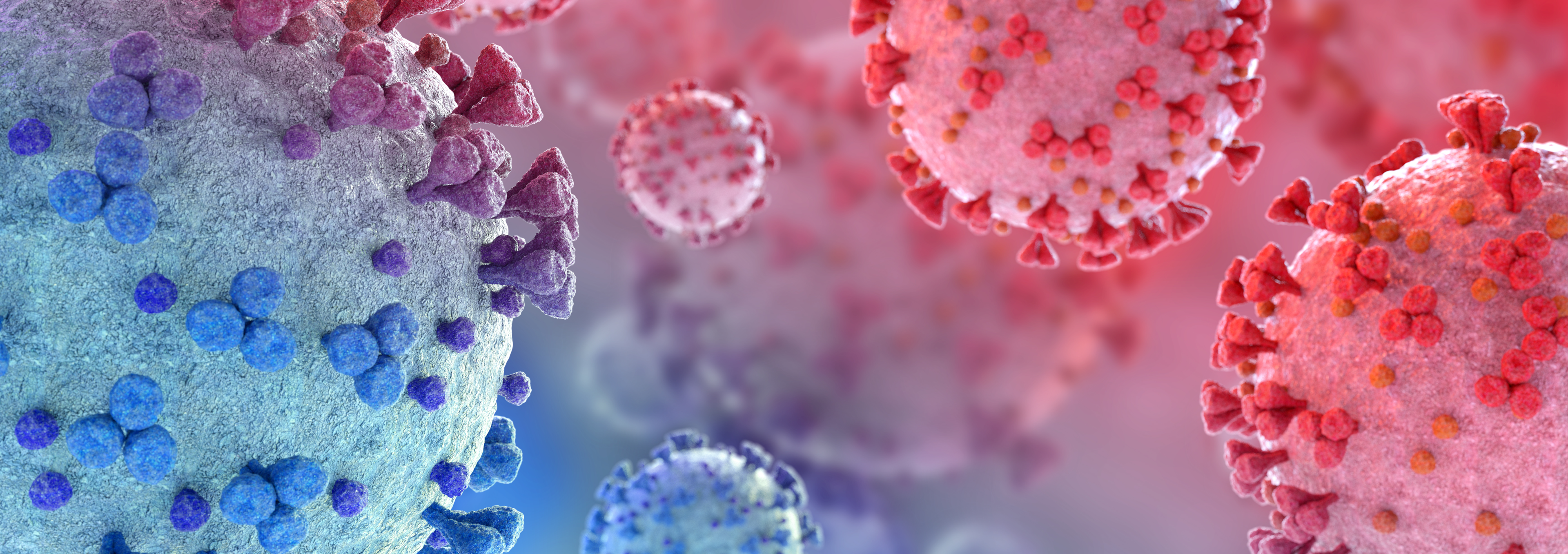Can you get HIV from kissing?


Kissing is one of the human gestures showing our love and care to our partner. Whether it is any social occasion or an intimate relationship, kissing has been a part of human life. There are some myths floating around about the transfer of a deadly virus, Human Immunodeficiency Virus (HIV), through kissing. Let's explore the theory and find the answer through science.
What is HIV?HIV refers to Human Immunodeficiency Virus. HIV is a member of the Lentivirus genus, part of the Retroviridae family. It is roughly spherical in diameter having a size of about 120 nm. It has two copies of positive-sense single-stranded RNA. The single-stranded RNA codes for the virus's genes enclosed by a conical capsid. The capsid is surrounded by the viral envelope composed of the lipid bilayer taken from the human host cell membrane when the new virus particle emerges from the cell. The envelope protein, encoded by the HIV env gene, allows the virus to attach to human cells and fuse the envelope with the cell membrane releasing the viral contents into the cell and the infectious cycle repeats.

HIV/AIDS is a spectrum of conditions caused by HIV infection. Initial infection with HIV may not show any symptoms which are followed by a prolonged incubation period without any symptoms or mild influenza-like symptoms. As the infection progresses, opportunistic infections start to develop. These late symptoms of HIV infection are referred to as Acquired Immune Deficiency Syndrome (AIDS). HIV weakens the human immune system leaving the body vulnerable to opportunistic infections. HIV infects vital cells in the human immune system, such as macrophages, helper T cells, and dendritic cells.
AIDS was first recognized by the U.S. Center for Disease Control and Prevention (CDC) in 19813. Until 2021, the disease has caused an estimated 40 million deaths worldwide4. In 2021, there were 650,000 deaths and about 38 million people infected with HIV.
HIV is transmitted mainly by three major routes.
Despite having so many ways of transmission, kissing is not a route of transmission. Despite popular belief, a person cannot transmit HIV through kissing because the virus is not present in human saliva. However, if both partners have bleeding gums, sores or open wounds, open-mouth kissing might transfer HIV from one partner to another. Kissing is considered the most ineffective route of HIV transmission with a risk almost negligible. An HIV test is an easy way to detect HIV infection to prevent further health issues.
HIV can enter the human body through a damaged mucous membrane. Although the mouth also contains mucous membranes, it does not have cells vulnerable to HIV. Human saliva contains an enzyme called Secretory Leukocyte Protease Inhibitor (SLPI) that prevents HIV from infecting T-cells and monocytes. The Centre for Disease Control and Prevention (CDC) clearly states that kissing does not transfer HIV from one person to another. It further states that there are no documented cases of HIV transmission through spitting because HIV is not transmitted through saliva. HIV cannot survive outside the human body and is not present in certain body fluids like tears, sweat, or saliva. HIV can't be spread through sharing food and drink, even if they do contain blood infected with HIV, the air, salvia or stomach acid it comes in contact with would destroy the virus before it could be transmitted.
CDC states that rare cases have been reported where transmission of HIV has occurred through kissing if both partners have bleeding gums or sores7. HIV gets transmitted from the infected partner to the healthy one through bleeding gums or sores. The HIV-infected blood gets carried by saliva into the healthy partner through sores or bleeding gums while kissing. HIV test is an important way to detect HIV infection to prevent further health issues.
HIV transmission requires other bodily fluids such as blood, semen, vaginal fluid, anal mucous or breast milk to be transmitted. So, unless you have open wounds or broken skin in your mouth and are kissing an HIV-positive person, you should be fine. Sharing needles with an HIV-positive person will help the HIV spread and ultimately infect you as well.

Kissing is the most common gesture of showing love. Avoiding kissing is not practical in human life. There are several ways to prevent HIV transmission through kissing.
Stick to closed-mouth kissing or social kissing.
If you have bleeding gums, sores or broken skin in your mouth, inform your partner about it. Even if you and your partner are HIV-negative, there is a risk of bacterial infection through kissing.
If your work is a high-risk category for HIV infection (e.g. commercial sex workers), get a periodic check-up done to ensure that you are HIV-negative.
If you are HIV positive and have bleeding gums or sores in your mouth, avoid kissing.

With over 42% of all HIV cases being diagnosed late and leading to serious health complications due to AIDs, it is important to get yourself checked even if you have 'no symptoms.' If you are worried head here for consultation and help regarding HIV. Alternatively, you can get an HIV testing kit here for discreet results.










Plus get the inside scoop on our latest content and updates in our monthly newsletter.